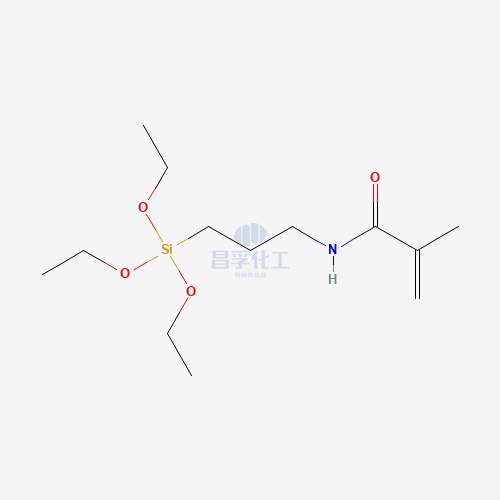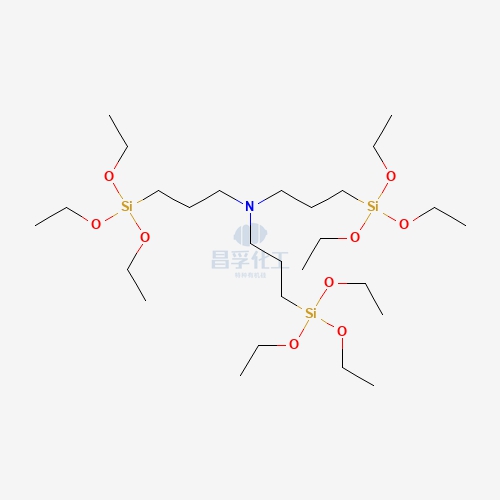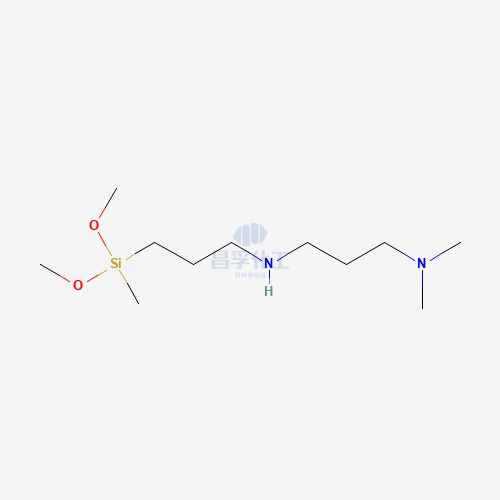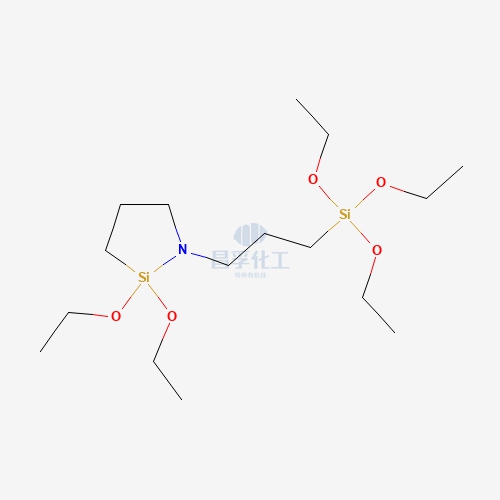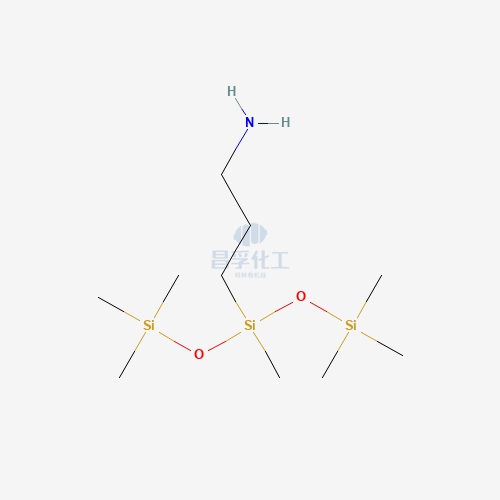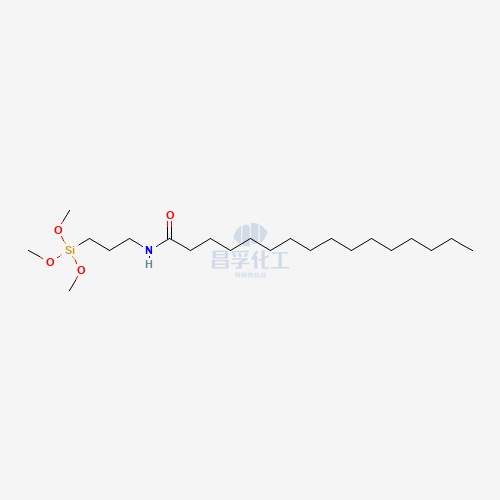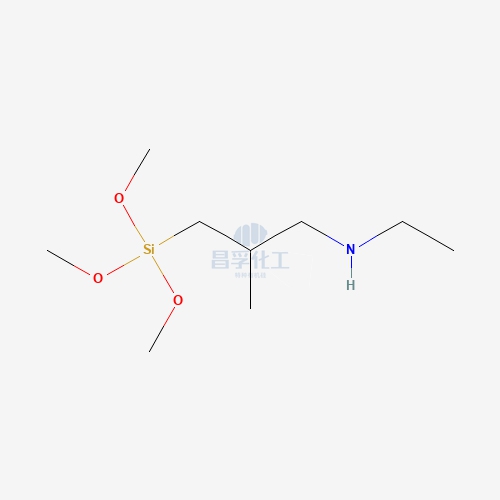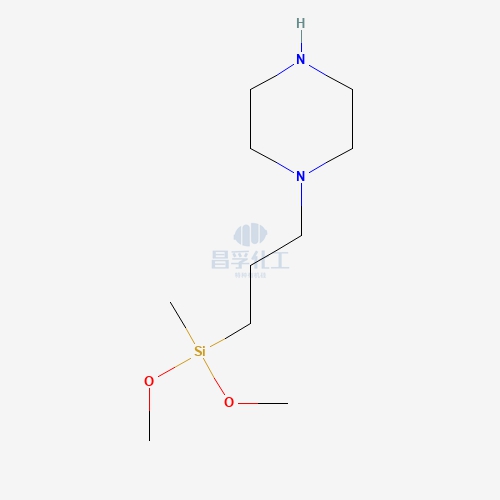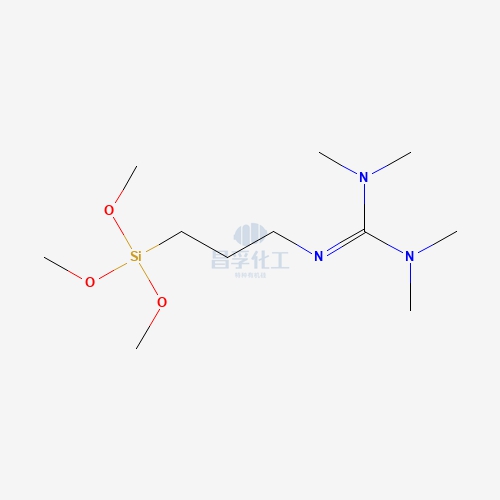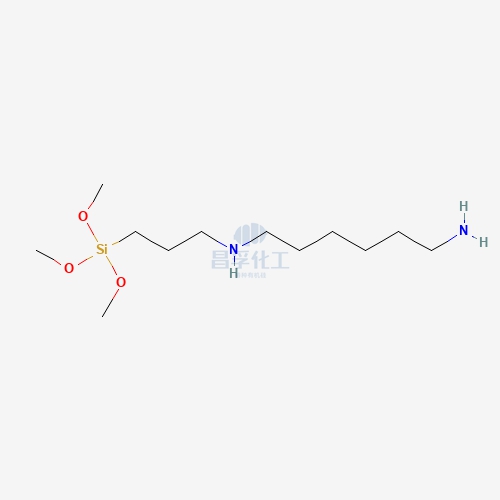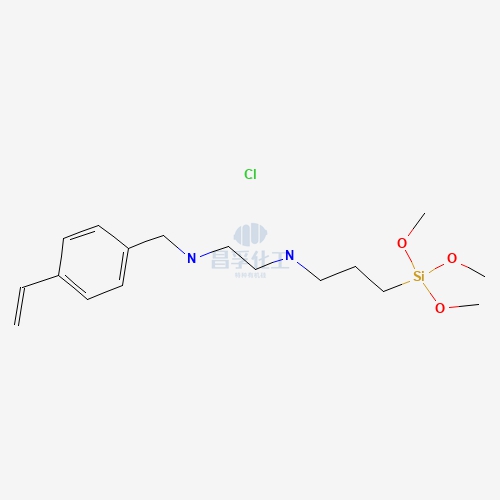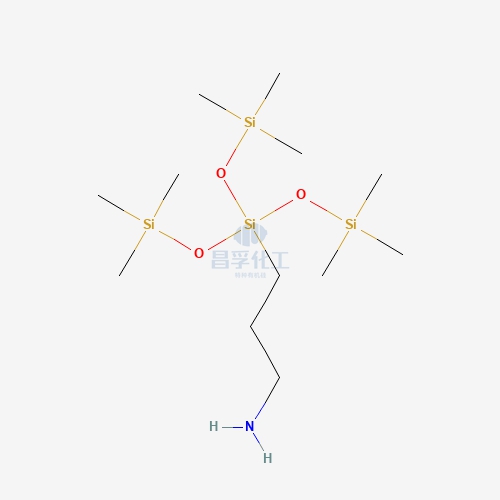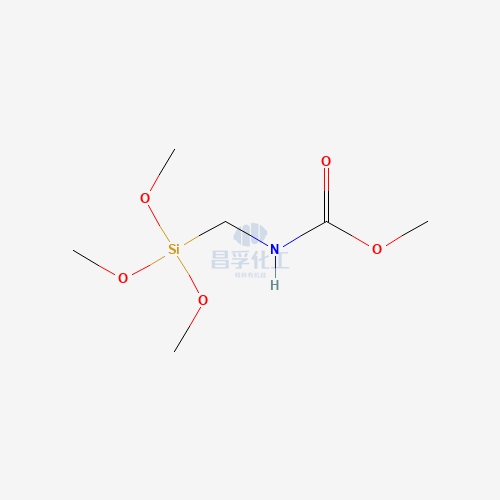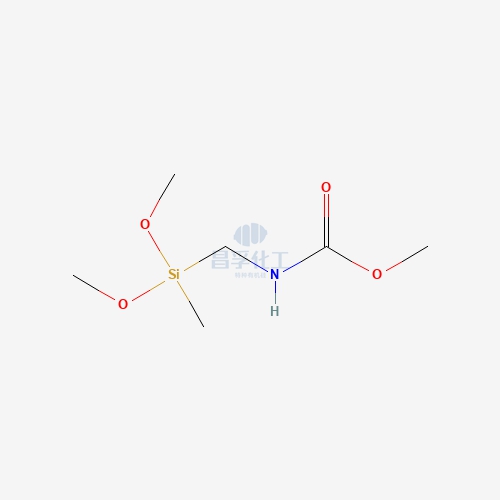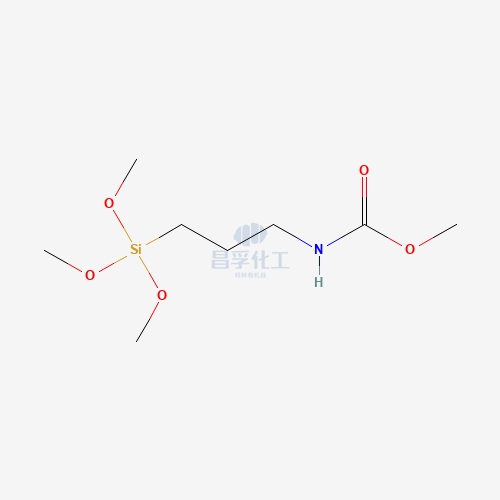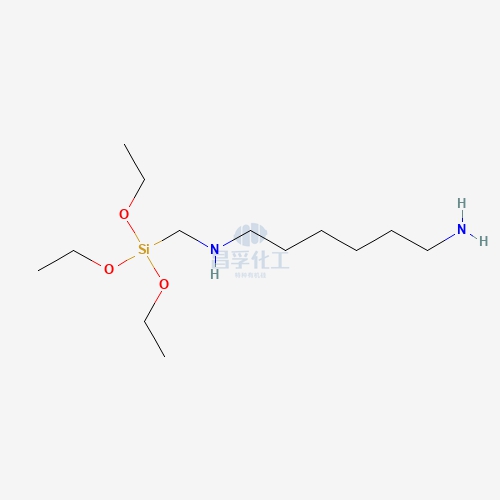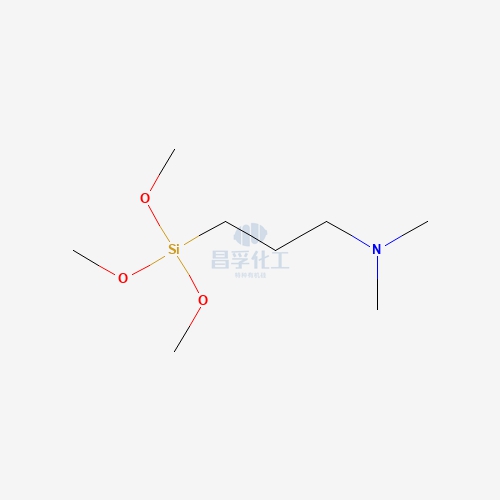



Contact Changfu Chemical Now!
+86 27 8439 6550 | +86 181 6277 0058
What is the Uses of Silanol: A Comprehensive Guide
Silanol is a versatile compound that plays a significant role in various industries, from personal care products to high-performance materials. Its unique structure, which includes a silicon-oxygen-hydrogen bond, makes it a valuable building block in both silanol chemistry and the development of specialized materials. In this blog, we will explore the many uses of silanols and how they compare to their related compounds, like silano, in terms of functionality and application.
What is Silanol?
Silanol refers to a group of chemical compounds that contain a silicon atom bonded to a hydroxyl group (-OH). The general structure of a silanol is Si-OH, where silicon is bonded to one or more hydroxyl groups and other organic or inorganic components. Silanols are often produced as intermediates in the hydrolysis of silanes, and they are crucial for surface modification, catalysis, and polymer production.
Silanols exhibit unique properties because of the silicon-oxygen bond, making them ideal for modifying surfaces, acting as adhesion promoters, and functioning in moisture-curing systems. This functionality allows silanols to be used in various industries, such as cosmetics, construction, and manufacturing of advanced materials.
Understanding Silano: What Is It?
Silano is a common term referring to silanes, a group of compounds that consist of silicon and hydrogen, or silicon and other organic groups, but typically do not contain oxygen or hydroxyl groups like silanols. While silanes themselves have a variety of uses, they differ from silanols in that they are usually precursors to more reactive silicon compounds, such as silanols and silicones.
Silanes, such as silano, are frequently used in chemical industries for surface treatments, water repellents, and coupling agents. When silano or silanes are exposed to moisture, they hydrolyze to form silanols, which then undergo condensation reactions to form siloxane bonds, resulting in cross-linked silicon-based materials like silicones.
In essence, silanols can be derived from silano compounds, marking an important transformation in silicone chemistry that extends their application across many industries.
Key Properties of Silanols
Silanols possess several unique properties that make them versatile in industrial and chemical processes:
- Hydrophilicity: The hydroxyl group (-OH) attached to silicon gives silanols their hydrophilic nature, making them effective in interacting with water and polar surfaces.
- Reactivity: Silanols are highly reactive, especially in the presence of moisture, and can easily undergo condensation reactions to form siloxane bonds, which are fundamental in silicone chemistry.
- Adhesion: Silanols can enhance the adhesion between organic and inorganic materials, making them ideal for use in coatings, adhesives, and sealants.
- Surface modification: Silanols can modify the surface properties of materials, creating hydrophobic or hydrophilic surfaces depending on the application.
The Uses of Silanols in Various Industries
1. Adhesives and Sealants
One of the most common applications of silanols is in the production of adhesives and sealants. The hydroxyl group on silanols can form strong bonds with both organic and inorganic materials, which enhances the adhesion properties of the end product. For example, silanol-based adhesives are widely used in the construction industry to bond materials like glass, metal, and ceramics.
In moisture-curing sealants, silanols are vital because they can form siloxane networks upon exposure to humidity, creating durable and flexible sealants ideal for building construction and automotive applications.
2. Cosmetics and Personal Care Products
In the cosmetic industry, silanols are used in formulations to improve the texture and stability of products. Silanol compounds, especially those derived from silano, are often included in skincare products due to their hydrating properties and ability to form protective films on the skin.
Silanols act as skin-conditioning agents, providing smoothness and a soft feel. They are also incorporated into hair care products, where they improve hair strength and manageability by forming a protective layer on hair strands.
3. Surface Treatment and Coatings
Silanols play an important role in surface treatments and coatings. Due to their ability to bond with both hydrophilic and hydrophobic surfaces, silanols are often used as coupling agents that help bind organic materials to inorganic surfaces. This makes them essential in treating glass, metal, and plastic surfaces to improve their adhesion and longevity.
In the electronics industry, silanol-based coatings are used to protect sensitive components from moisture and corrosion, enhancing the durability of electronic devices.
4. Polymers and Silicone Production
Silanols are key intermediates in the production of silicones. The condensation of silanols forms siloxane bonds, which are the backbone of silicone polymers. These polymers have a wide range of applications, from elastomers and gels to coatings and resins.
Silicone materials, produced from silanols, are known for their flexibility, heat resistance, and chemical stability, making them useful in industries such as automotive, aerospace, and healthcare. The silano precursors used in these processes further expand the versatility of silicone-based products.
5. Water Repellents
Silanols can also be used in the formulation of water repellents. When applied to surfaces like concrete or stone, silanols react with moisture and form a protective barrier that prevents water infiltration while still allowing the material to "breathe." This property is particularly useful in the construction industry, where water damage is a major concern.
In addition to water repellency, silanol-based treatments can provide surfaces with resistance to chemicals and weathering, extending the life of building materials.
6. Catalysis and Chemical Reactions
In organic synthesis, silanols are used as catalysts or intermediates in various chemical reactions. They participate in organometallic and silicon-based reactions, offering high reactivity due to their polar nature. Silanols can be tailored to catalyze specific reactions, including the polymerization of siloxanes or the functionalization of organic compounds.
Their high reactivity also makes them useful in environmental chemistry, where they are used in processes that remove pollutants or unwanted byproducts from water and air.
Silanol vs. Silano: How Do They Compare?
While both silanol and silano (silanes) play important roles in chemistry, they have distinct differences in structure and application. Silano, or silanes, are precursors to silanols and are typically used in reactions to create silicon-based compounds. Silanols, on the other hand, are more reactive and are directly involved in processes like adhesion, surface treatments, and polymer production.
Key differences between silanol and silano include:
- Structure: Silanol contains an -OH group attached to silicon, whereas silano (silanes) consists of silicon bonded to organic or hydrogen atoms without hydroxyl groups.
- Applications: Silanols are often used directly in products and materials, while silano (silanes) are typically used as intermediates that convert into more reactive compounds like silanols or silicones.
- Reactivity: Silanols are more reactive in the presence of moisture and readily form siloxane bonds, while silano serves as a precursor in these reactions.
Polysiloxane: A Key Material in Advanced Applications
Polysiloxane refers to a class of silicone-based polymers made from siloxane (Si-O-Si) bonds, with organic groups attached to the silicon atoms. These materials are known for their flexibility, thermal stability, and chemical resistance, making them ideal for a variety of applications such as coatings, sealants, and elastomers. The unique structure of polysiloxanes allows them to withstand extreme temperatures and harsh environments, while maintaining their mechanical properties. Polysiloxane-based materials are essential in industries like aerospace, electronics, and healthcare, where durability and performance are critical. Learn more about the versatile uses of poly siloxane in specialty silicone products.
Conclusion
Silanols are incredibly versatile compounds with wide-ranging applications across industries such as cosmetics, construction, electronics, and polymer production. Their ability to form strong bonds and undergo condensation reactions makes them crucial in the development of adhesives, sealants, coatings, and silicones. Derived from silano precursors, silanols play an essential role in both basic chemical reactions and advanced material science.
The flexibility and unique properties of silanols ensure their continued importance in various fields, providing solutions for everything from waterproofing surfaces to enhancing the performance of personal care products. As the field of silicon chemistry evolves, silanols will remain a key component in many technological advancements.
Read more:
Popular Silicon Compounds
Popular Silicon Compounds
Related News & Blog
Related News & Blog
